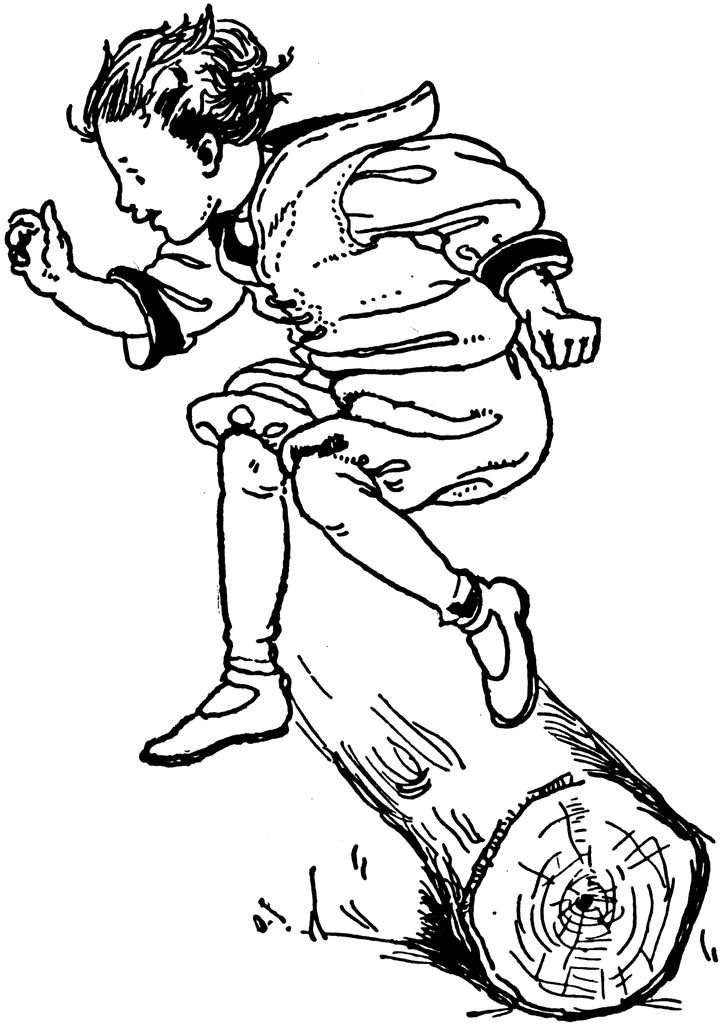
The jumping spiders, unlike the other families, have faces that are roughly rectangular surfaces perpendicular to their direction of motion.

The generally larger front legs are used partly to assist in grasping prey, and in some species, the front legs and pedipalps are used in species-recognition signalling. In spite of the length of their front legs, Salticidae depend on their rear legs for jumping. Their front four legs generally are larger than the hind four, but not as dramatically so as those of the crab spiders, nor are they held in the outstretched-arms attitude characteristic of the Thomisidae. Conversely, the legs of jumping spiders are not covered with any very prominent spines. None of these families, however, have eyes that resemble those of the Salticidae.

The families closest to Salticidae in general appearance are the Corinnidae (distinguished also by prominent spines on the back four legs), the Oxyopidae (the lynx spiders, distinguished by very prominent spines on all legs), and the Thomisidae (the crab spiders, distinguished by their front four legs, which are very long and powerful). Jumping spiders are among the easiest to distinguish from similar spider families because of the shape of the cephalothorax and their eye patterns. All jumping spiders have four pairs of eyes, with the anterior median pair being particularly large. Jumping spiders are generally recognized by their eye pattern. Both their book lungs and tracheal system are well-developed, and they use both systems (bimodal breathing). Although they normally move unobtrusively and fairly slowly, most species are capable of very agile jumps, notably when hunting, but sometimes in response to sudden threats or crossing long gaps. Jumping spiders have some of the best vision among arthropods and use it in courtship, hunting, and navigation. As of 2019, this family contained over 600 described genera and over 6,000 described species, making it the largest family of spiders at 13% of all species. (1961), "Vector bundles on the projective plane", Proceedings of the London Mathematical Society, Third Series, 11: 623–640, doi: 10.1112/plms/s3-11.1.Jumping spiders are a group of spiders that constitute the family Salticidae. Mulase, Motohico (1979), "Poles of instantons and jumping lines of algebraic vector bundles on P³", Japan Academy.Then a plane of V corresponds to a jumping line of this vector bundle if and only if it is isotropic for the skew-symmetric form. There is a rank 2 vector bundle over the 3-dimensional complex projective space associated to V, that assigns to each line L of V the 2-dimensional vector space L ⊥/ L. Suppose that V is a 4-dimensional complex vector space with a non-degenerate skew-symmetric form. If the bundle is generically trivial along lines, then the Jumping lines are precisely the lines such that the restriction is nontrivial.

Lines such that the decomposition differs from this generic type are called 'Jumping Lines'. Given a bundle on C P n, with decomposition of the same type. Still one can gain information of this type by using the following method. This phenomenon cannot be generalized to higher dimensional projective spaces, namely, one cannot decompose an arbitrary bundle in terms of a Whitney sum of powers of the Tautological bundle, or in fact of line bundles in general. The Birkhoff–Grothendieck theorem classifies the n-dimensional vector bundles over a projective line as corresponding to unordered n-tuples of integers. The jumping lines of a vector bundle form a proper closed subset of the Grassmannian of all lines of projective space. In mathematics, a jumping line or exceptional line of a vector bundle over projective space is a projective line in projective space where the vector bundle has exceptional behavior, in other words the structure of its restriction to the line "jumps".


 0 kommentar(er)
0 kommentar(er)
